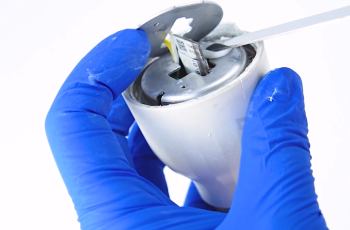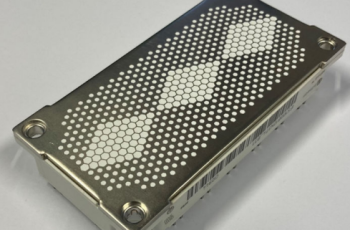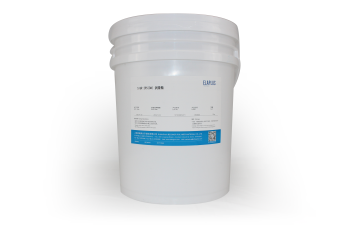The key role of heat dissipation silicone grease in thermal management
With the continuous improvement of electronic device performance, the heat generated by its internal components is also increasing. Especially in high-performance processors, graphics chips, LED lighting, power electronics and other applications, thermal management has become a key factor in equipment reliability and lifespan. In these applications, thermal grease plays a crucial role as an efficient thermal interface material. It can efficiently transfer the heat generated by electronic components to heat sinks or other cooling devices, ensuring the continuous and stable operation of equipment under high loads. This article will delve into the working principle, application advantages, and future development trends of heat dissipation silicone grease. 1、 Basic principle of heat dissipation silicone greaseThermal grease, also known as thermal grease or thermal paste, is a material with high thermal conductivity and low electrical conductivity, usually made by mixing silicone oil with thermal fillers (such as metal oxides, nitrides, etc.). Its main function is to fill subtle air gaps between electronic components and heat sinks to improve thermal conductivity efficiency. Although the surfaces of electronic components and heat sinks appear smooth, countless tiny irregularities can be seen under a microscope, which can lead to the formation of air gaps. Air is a poor conductor of heat, hindering the transfer of heat. Thermal grease fills these tiny gaps to minimize thermal resistance and improve the thermal management capability of the equipment.2、 Main characteristics of heat dissipation silicone greasehigh-thermal conductivityThe thermal conductive fillers contained in the heat dissipating silicone grease, such as aluminum oxide, zinc oxide, boron nitride, etc., have excellent thermal conductivity and can quickly transfer the heat generated by electronic components to the heat sink. Thermal conductivity is usually measured in W/m · K (watts per meter per Kelvin), and high-performance thermal grease can achieve a thermal conductivity of 3-7 W/m ·…





